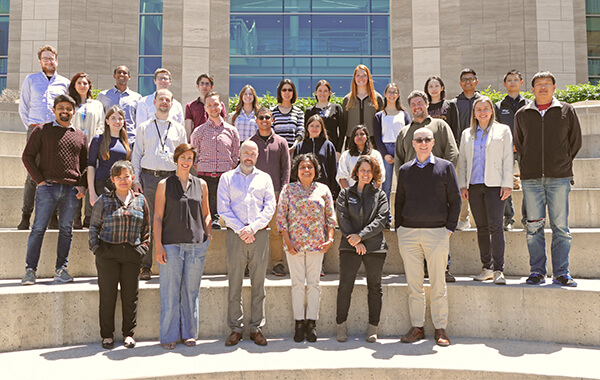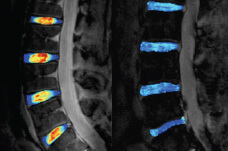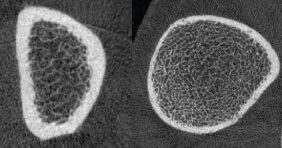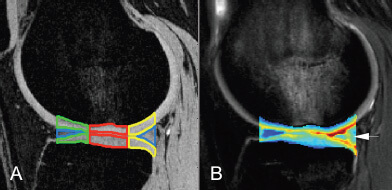Musculoskeletal Quantitative Imaging Research (MQIR)
Mission
The Musculoskeletal Quantitative Imaging Research (MQIR) group consists of faculty members, postdoctoral fellows, research staff, and medical and graduate students who pursue their passion for teaching and research in quantitative tissue characterization focused on the musculoskeletal system.
Sharmila Majumdar, PhD, and Thomas Link, MD, PhD, serve as Director and Clinical Director respectively and lead MQIR’s aims to integrate research and build collaborations between basic scientists, clinical scientists, and physicians, establishing a strong resource for musculoskeletal imaging research at UCSF. Recognizing that collaboration is the key to advancement in today's research climate, MQIR builds partnerships within the Department of Radiology and Biomedical Imaging and with the Departments of Orthopaedic Surgery and Medicine at UCSF and Bioengineering at UC Berkeley.
Musculoskeletal Quantitative Imaging Research Directions
Musculoskeletal Quantitative Imaging Research Labs
Musculoskeletal Quantitative Imaging Research Members





